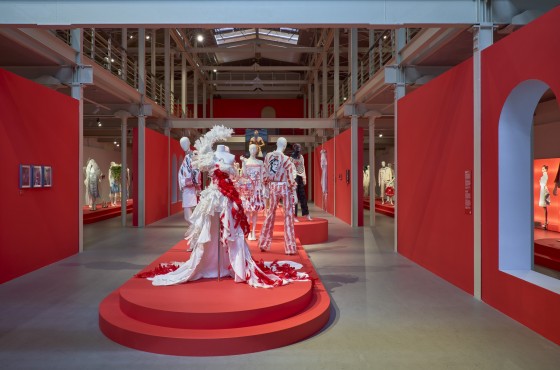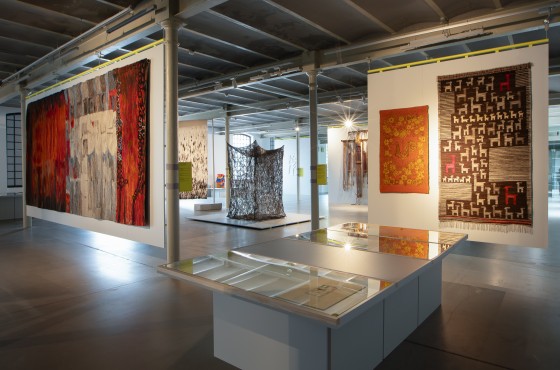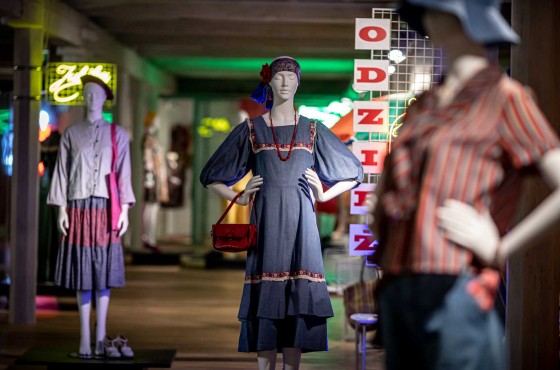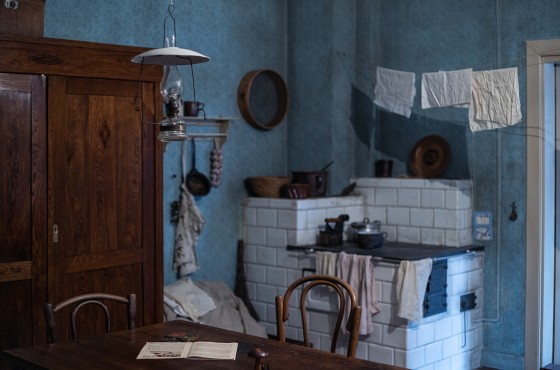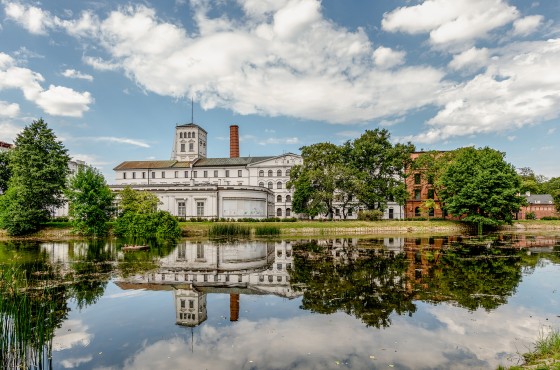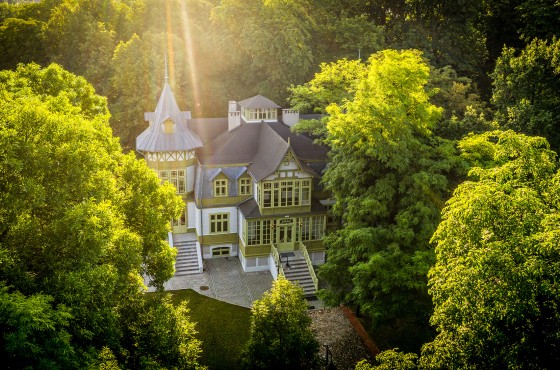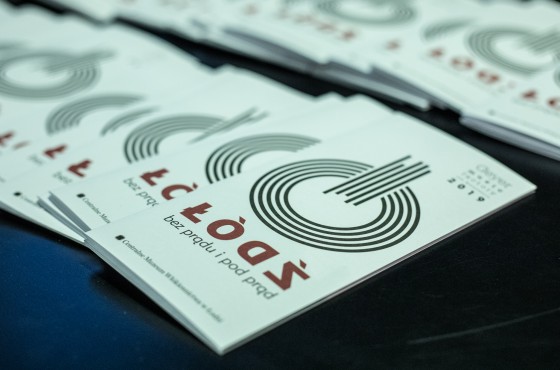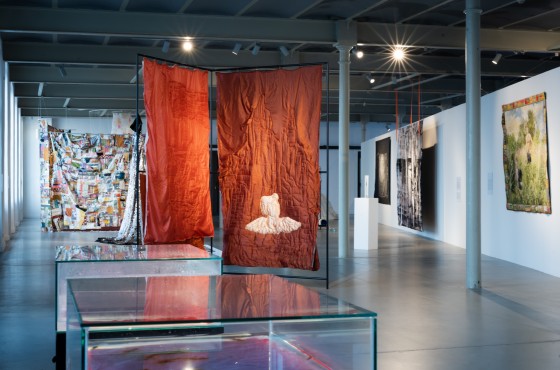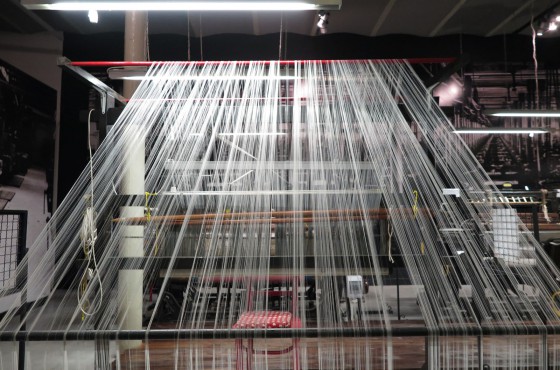The Last Summer 2

The setting – Ruda Pabianicka
The idea of garden cities becomes popular prior to World War II. Residential areas emerging on the outskirts of industrial metropolises marred by polluted air, squalor, noise, and anonymity are to be a panacea for all urban ills. Consciously designed and full of greenery, they offer a healthy microclimate and strong social ties.
“Ruda’s picturesque hilly terrain”
The authorities of Ruda Pabianicka latch onto this idea. The forest is divided into plots, where villas are erected; they follow the style of Swiss homes, English cottages, and the świdermajer houses known from the vicinity of Warsaw. The Łódź-based Kindermann, Steigert, and Silberstein tycoon families all have their summer residences here. The factory-owner elites are regulars at the local horse races. Adding to the town’s charm are the nearby Stefański Pond and Ner River valley.
“Leisure and holiday entertainment”
During the holiday season, those who cannot afford to own a summer house rent a flat or an entire floor in one of the villas built by the Swiss dentist Sauer. Even German newspapers report on the entrepreneurial dentist’s business. Guest rooms are also offered by holiday farmsteads like “Eck Forest” or those run by the Pieches, Jungs, and other families.
The less affluent visitors come to Ruda on Sundays. They go boating, have lunch at the Leśniczówka bar and dine at Jakiel’s or Schaefer’s beer halls. There are risk-takers who watch the horse races without bothering to buy a ticket; they climb the high fence but have to watch out for mounted police. Other attractions include a forest, cinemas, and a pond on the Ner River. There is also a restaurant by the water with a garden and a dance floor. Access is provided by tram lines: from Łódź to Pabianice, a side line to Rzgów and Tuszyn, and a branch line leading to the horse track.
“The nearby Łódź radiates industry”
The town has its industrial face, too. However, the factories are located at a distance from the villa district, around Pabianicka St. In 1939, Ruda is home to, e.g., two large textile mills processing cotton, a factory of technical fabrics, a factory of jacquard paper board, and a Siemens electrotechnical works. By then, Ruda’s industrial history already goes back a few decades, Ludwik Geyer being one of its pioneers.
“The number of residents is also rising”
In 1939, the population of Ruda is more than 12,000 people of different faiths: Catholics, Protestants, Jews, Baptists, and even Muslims. Some residents work in the local factories, while others take a tram to get to Łódź. The Society of Friends of Ruda Pabianicka and the local Sports Club enjoy great popularity.
Ruda is granted city rights in 1923 and the town officials take due care of its beauty and modernity. The main avenues are lined with lime trees, maples, sycamores, acacias, mulberry trees, and horse chestnuts. Homeowners are required to have their properties marked and fenced and, starting in 1936, their front façades plastered. Wire rubbish bins are hung on telephone poles and the pavements are kept clean by a team of 10 caretakers and their assistants. In summer, the streets are sprayed with water to suppress dust. Anyone dumping sand, ash or mud on the street can expect a fine. In 1926, the town is connected to the power grid, which brings light to 19 streets.
What is Ruda Pabianicka today and what remains of the once-vogue summer resort town? You will find answers to these questions in the last window of this chart.
Subheadings are taken from the 1939 tourist guide Łódź i okolice [Łódź and Its Surroundings].



